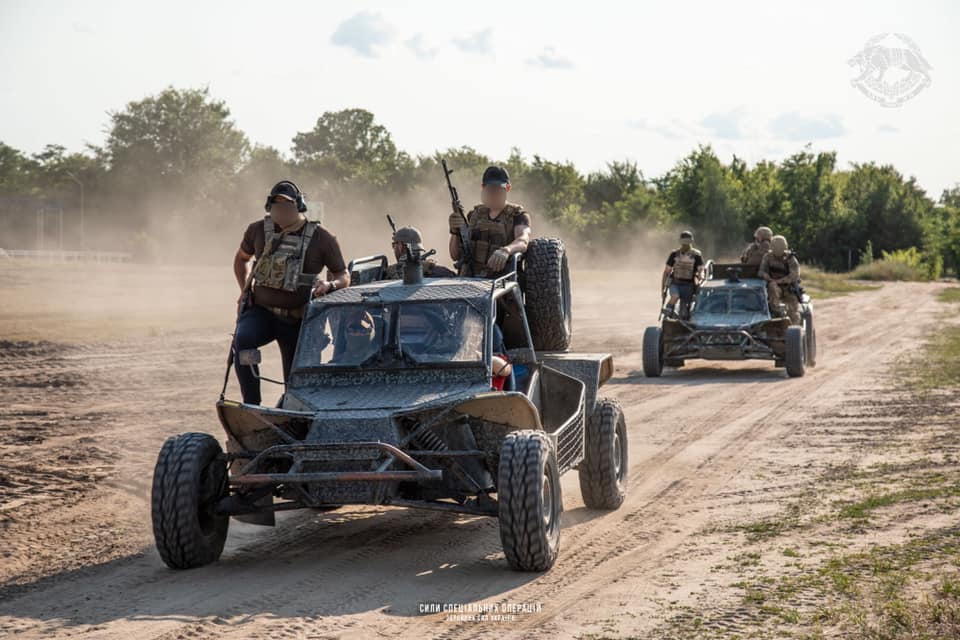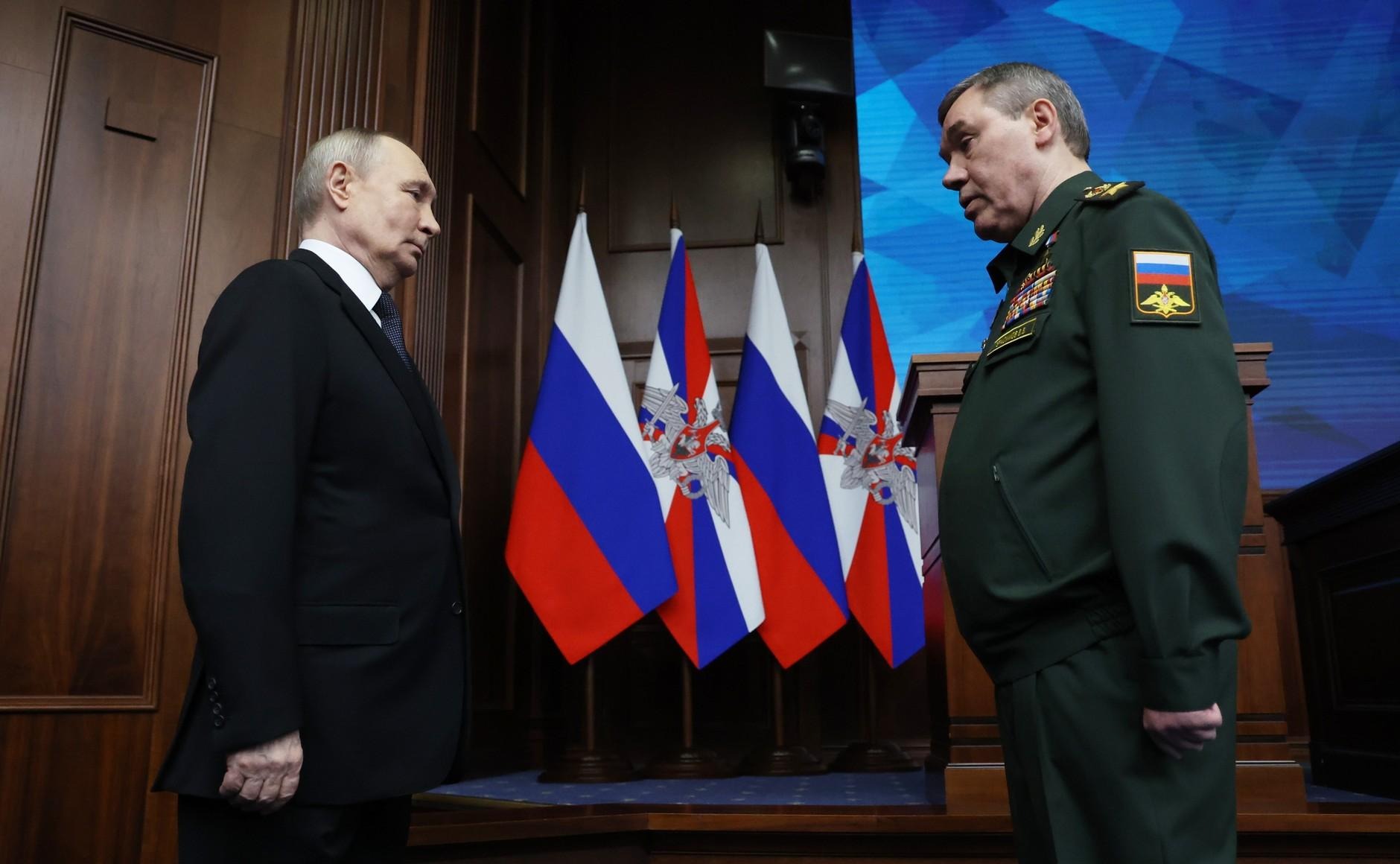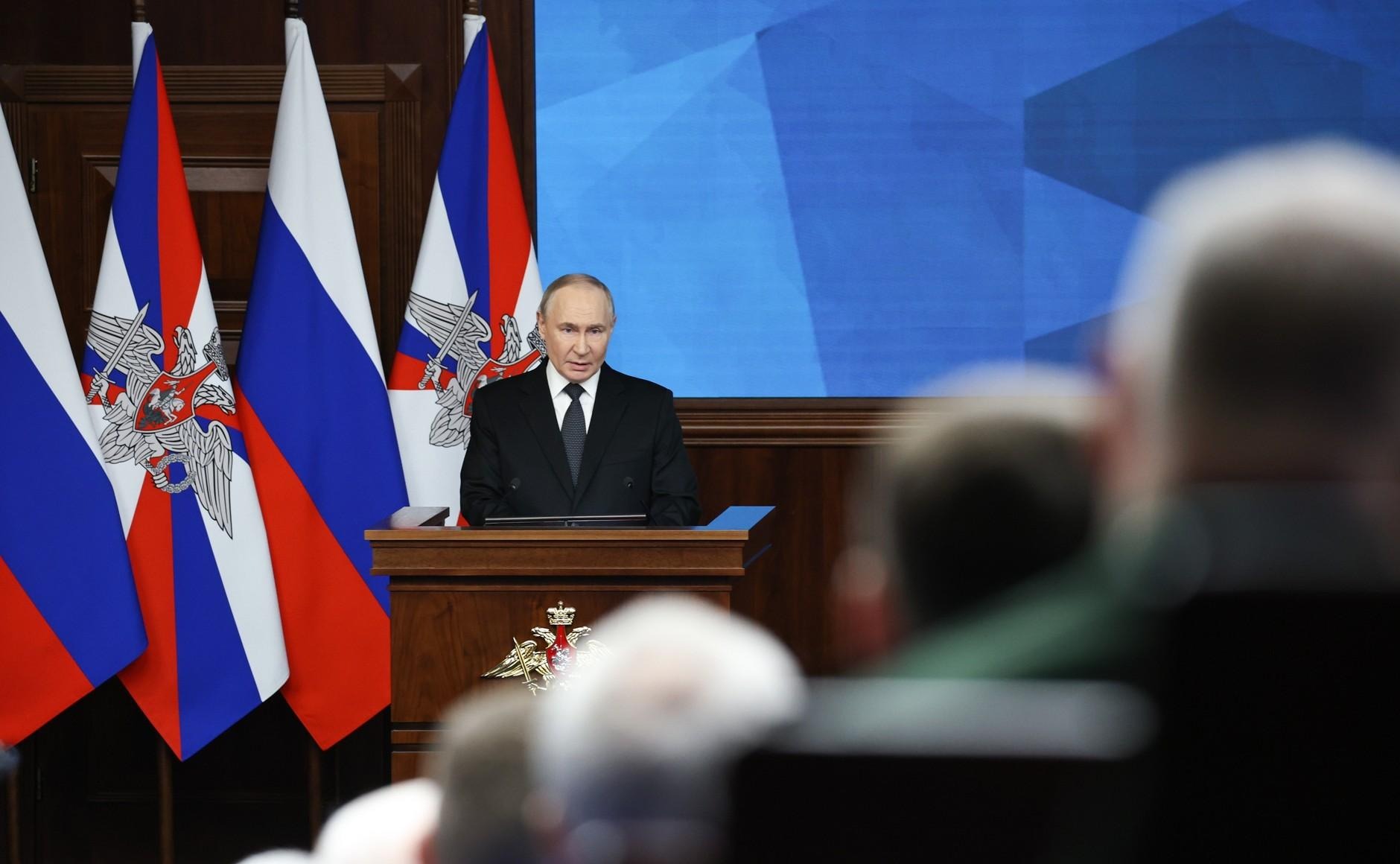
Ukrainian Guerillas: Fighting Russians in Temporarily Occupied Territories
Ukrainian Guerillas: Fighting Russians in Temporarily Occupied Territories
On April 22, General Rustam Minnekayev, the acting commander of the Central Military District, announced that one of the goals of the second phase of Russia’s “special military operation in Ukraine” is to gain full control of Donbas and Ukraine’s south. According to him, achieving this objective would “ensure a land corridor to Crimea, control over vital objects of Ukraine’s economy,” and grant Russia access to Transnistria, the separatist region of Moldova occupied by Russian “peacekeeping” forces since 1992 (Interfax, April 22; see EDM, April 28).
The pronouncement by Minnekayev seemed to signal yet another shift in Russian rhetoric regarding the goals of President Vladimir Putin’s war against Ukraine, which, after giving up on capturing Kyiv, had ostensibly refocused on taking Donbas. At the same time, the Russian general’s public revelation, whether officially sanctioned or not, seems logical because Russian forces already occupy large parts of southern Ukraine’s Kherson and Zaporizhzhia provinces, including important cities like Kherson (the only provincial center taken by Russians during the first phase of the current war), Nova Kahovka (the location of the North-Crimean Canal pump station and dam), and Berdyansk (one of the key ports on the Azov Sea and a place where the Ukrainian Navy had planned to build a new base).
Russian occupation of all of southeastern Ukraine directly threatens the Mykolaiv and Odesa provinces further west, which, if also lost, would cut Ukraine off from all access to international waters, striking a significant blow to the Ukrainian economy. As noted by Oleh Nivyevskiy, the vice president of the Kyiv School of Economics, Ukraine used to annually send more than 70 percent of its exports, worth $47 billion, via Black and Azov Sea ports; so the Russian occupation and naval blockade costs the country nearly $170 million per day (Forbes, April 21). Consequently, Kyiv needs to not only prevent new coastal provinces from coming under Russian control but also liberate the rest of its southern territory in order to have any hopes of restarting its international trade–dependent economy.
One tool Ukraine may have to rely on if it hopes to free Kherson, Zaporizhzhia and beyond is the National Resistance system, which was officially launched on January 1, of this year (Liga Zakon, January 4). The associated law was adopted by the Ukrainian parliament and signed by President Volodymyr Zelenskyy on July 16, 2021, officially creating a coordinated approach to national resistance (Ukrinform, July 16, 2021).
Ukraine’s National Resistance system consists of three elements: Territorial Defense (locally based conventional defense formations—see EDM, December 1, 2021), a partisan-like Resistance Movement (RM), and military training for all people of Ukraine (Army Inform, January 2). The Resistance Movement is expected to operate in temporarily occupied territories and is coordinated by the Special Operation Forces of the Ukrainian Armed Forces (UA SOF). The RM has the following tasks: preparing citizens to resist the aggressor, disrupting enemy activities, and participating in special operations (Defense Express, August 4, 2021). Members of this movement enjoy benefits similar to UA SOF operators, like concealed identities and protection for their close family members. Also, they undergo specialized training under special forces instructors that goes far beyond the basic preparation given to army reservists (Facebook.com/usofcom, August 3, 2021).
Although the RM was still in the process of being set up when Russia’s full-scale re-invasion of Ukraine began on February 24, these guerilla forces’ development continued even amidst the war. And according to UA SOF Command, those efforts have already shown results in the territories Russia has occupied since hostilities exploded (Novinarnia, March 29; see below).
In order to coordinate and support the actions of RM cells operating behind enemy lines and to involve more people in the resistance, the UA SOF launched a special website on March 7, the “Center of National Resistance.” The site provides numerous theoretical and practical articles and informational videos for potential Ukrainian guerilla fighters, including advice on cybersecurity, destroying enemy equipment, psychological operations and tactical medicine. But it also contains information on non-violent resistance for those not ready take up weapons themselves (Sprotyv.mod.gov.ua, accessed April 29). The website additionally allows Ukrainian users to anonymously send intelligence reports on Russian forces, which later are checked and reported to Ukrainian military units.
This approach is allegedly proving its effectiveness. According to the Ukrainian Ministry of Defense, RM members have captured several Russian military vehicles and soldiers (Sprotyv.mod.gov.ua, April 5). And with the help of coordination and targeting provided by UA SOF, they notably seized a Russian Rtut-BM electronic warfare (EW) station (Sprotyv.mod.gov.ua, March 19). Local guerilla fighters have also contributed to correcting artillery strikes of the regular Armed Forces (Sprotyv.mod.gov.ua, April 17) and cooperated with the UA SOF on eliminating high-priority targets (Sprotyv.mod.gov.ua, April 13). Such support, for example, made it possible for the UA SOF to destroy a vital bridge deep inside the Russian-occupied zone, near the small eastern city of Izyum (Novynarnia, April 14).
Numerous examples also abound of non-violent actions against the Russian occupiers, like spreading leaflets in Kherson and Melitopol (Sprotyv.mod.gov.ua, April 21, 23) or tearing down a Russian flag in the village of Yakimivka (Melitopol district, Zaporizhzhia province) (YouTube, April 21). Local residents have also refused to participate in delivering Russian “humanitarian aid” and shunned collaboration with the occupier, making it harder for Russia to establish a fully operational municipal administration (Sprotyv.mod.gov.ua, April 20).
The Ukrainian Resistance Movement has already distorted Russian plans but could play an even more significant role in future battles by making additional trouble for the occupying forces. According to Kyiv’s current strategy, the Ukrainian military will focus on several directions at the same time—defending controlled territories with regular forces, while the UA SOF, together with RM units, conduct raids in the occupier’s rear zone. Further small tactical steps—though with potentially large operational or even strategic influence on the Russian forces—can also be expected, including attacks on high-priority targets like EW and communication stations, ammunition and fuel supplies, roads, bridges or airfields. In such cases, RM cells could prove essential due to their presumed knowledge of local territories and ability to blend in with the civilian population. Those raids could be combined with efforts to undermine the morale of Russian soldiers, like spreading leaflets or organizing pro-Ukrainian protests. All this should lay the ground for a faster liberation of the temporarily occupied territories but also save manpower and resources for Ukraine. Successful resistance behind the lines could undermine the numerical and firepower advantage of the Russian forces and slow down or even stop possible advances in southern Ukraine.

